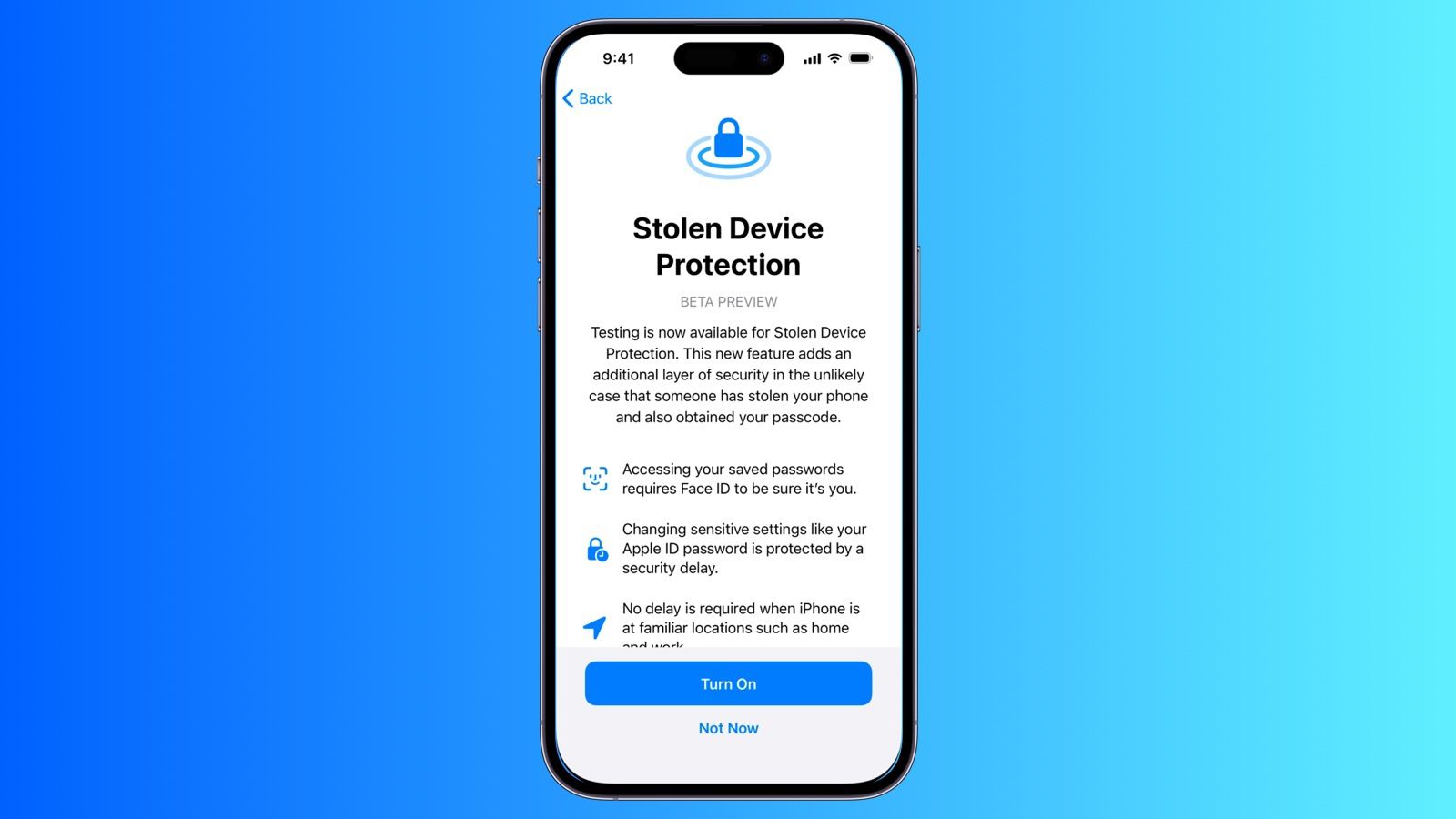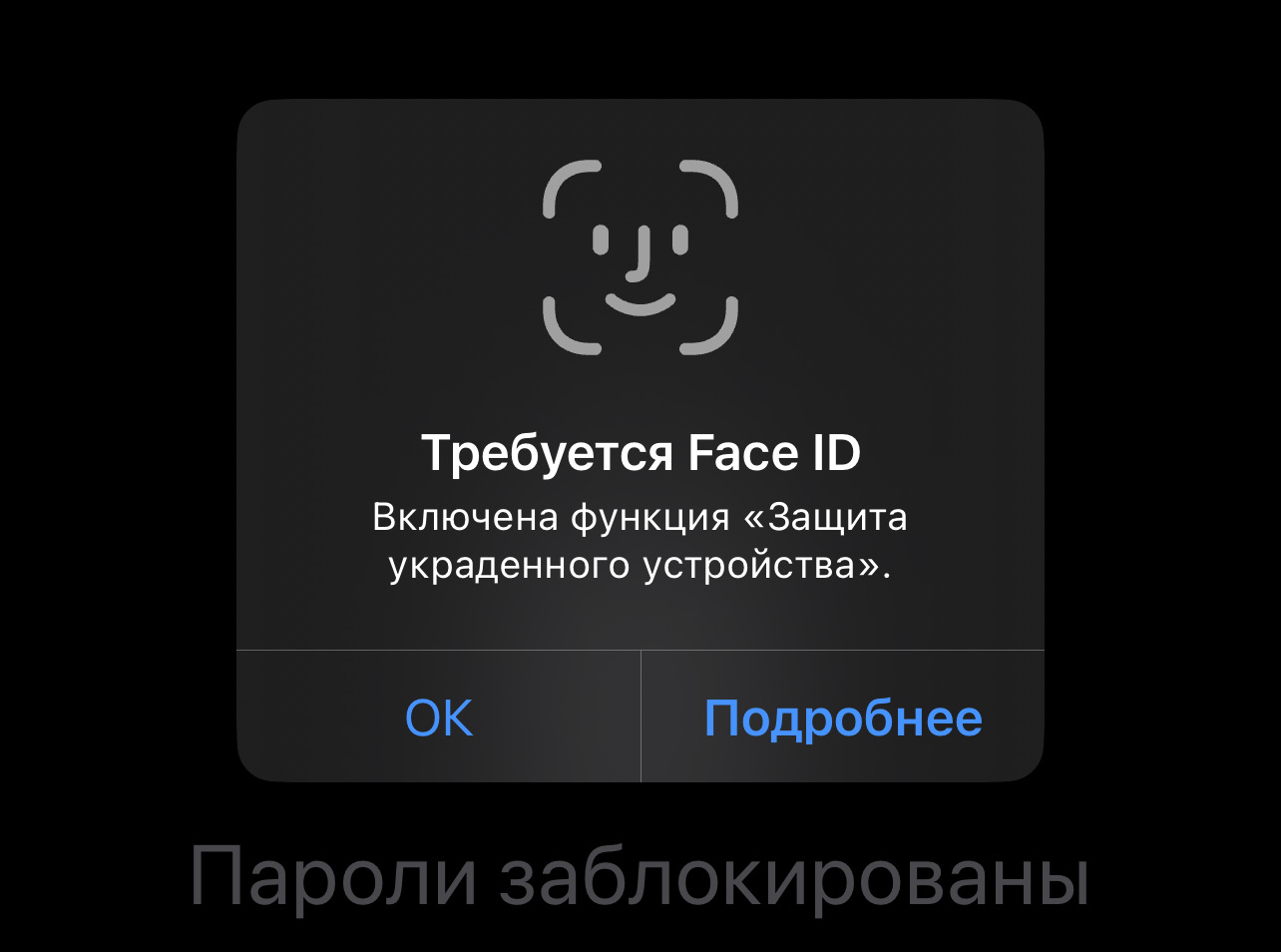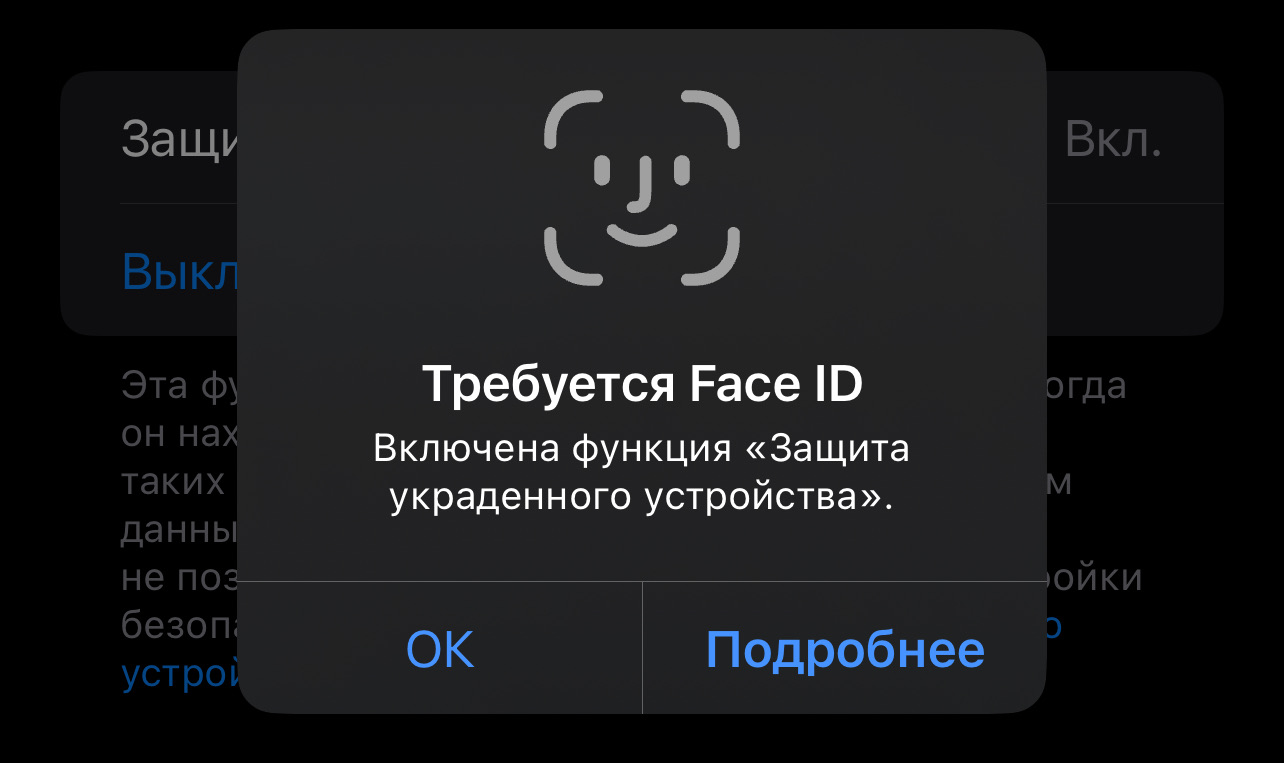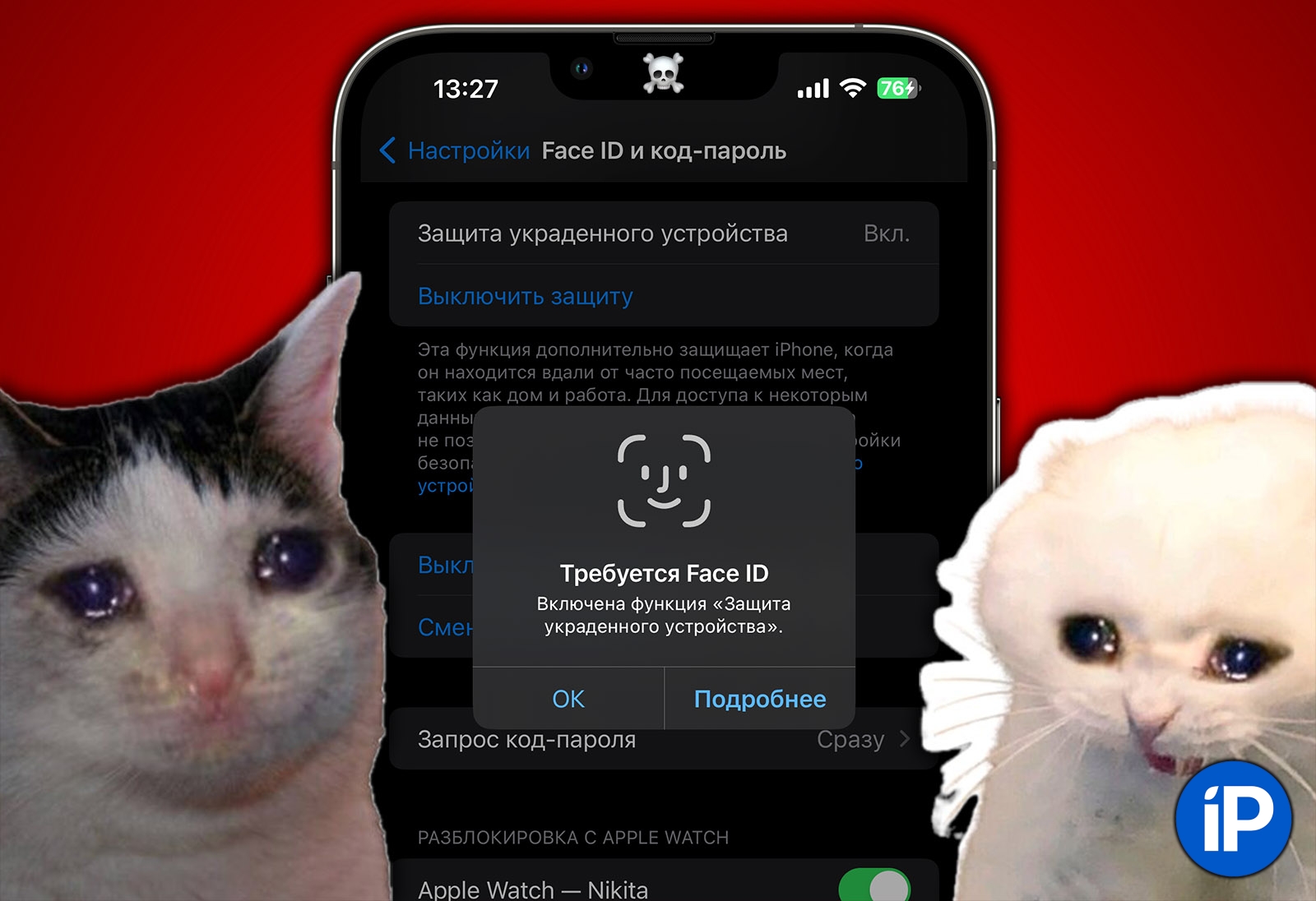A week ago, Apple released the first beta version of iOS 17.3. The key innovation in it is the appearance of the mode Stolen Device Protection.
Enable it both when you initially set up your iPhone and after updating the firmware. Many agree and will be pleased. But in the mode there is one of the indicated ones, which should be kept in mind before activation.
that otherwise and in the event of an unforeseen incident, you will lose some of the data on the device and will be deprived of access to a number of key functions, even if you did not lose it. And also create a burden of inconvenience for yourself.
Even a software bug is enough, and welcome to mini-hell.
What is the Stolen Device Protection mode in iOS 17.3?

Apple listened to many years of requests from security experts – and added to iOS, in addition to the already existing Lockdown mode, a mode for enhanced device protection against theft.
Stolen Device Protection makes changes to how iPhone works:
• access to saved files becomes MANDATORY Face ID to make sure it’s you
• There is a 1-hour delay when changing sensitive settings, such as your Apple ID password.
• Resetting settings or data is not possible without Face ID, nor is unlinking the device from Apple ID.
For any actions, connections with personal data or cards, mandatory authentication via Face ID is required. Between each of them there will be delay at one o’clock.
You can find the option in the new menu Settings -> Face ID & Passcode -> Stolen Device Protection
It seems convenient and useful. What’s the problem then?
The problem is this.
If you have Stolen Device Protection turned on and accidentally damage Face ID, you won’t be able to reset your iPhone. Unique.
Moreover, if you are simply faced with a problem using Face ID or a software glitch due to which the sensor stops working for a while, then you will not otherwise be able to access your account on your smartphone or use autofill on sites and applications .
Now guess what happened to my iPhone 13 Pro Max a couple of days after installing iOS 17.3 and enabling the new mode. Right: Face ID stopped working in it.

I have already had such an effect before out of the blue, and subsequently it was treated on its own. I never found the reason; resetting and reconfiguring did not cause it. Naturally, the physical and technical sensor is completely in order, everything works correctly. Something is just wrong on the software side.
In this state, I could continue to use my iPhone as before. Without the Stolen Item Protection mode, I still had access to all passwords and autofill, I just had to enter the device to enter them code-password.
With the new mode, the following options NO. Either Face ID or go for a walk. Well, as icing on the cake, the funniest fact: The mode cannot be turned off without authorization via Face ID.
Turn on your own risk

In over two years of using the iPhone 13 Pro Max, I’ve encountered Face ID issues four times. I don’t know about you. Maybe I was just unlucky and this is a rare situation. Maybe it’s my own fault.
But let’s say something bad happened to a person (God forbid) and now Face ID on his own iPhone cannot recognize his face. If Stolen Device Protection is enabled, it will deny access to all accounts and the smartphone will lose some functionality. You won’t be able to turn off Face ID either, because that will require… that’s right, Face ID.
Ultimately, I hope that Apple will improve this protection mechanism and add the ability to somehow switch the mode on the device. For example, using another device, confirmation from a trusted contact or something else that does not require Face ID to work on the gadget.
Either this mode should not be offered to people during initial setup, because it entails many risks. Otherwise, it turns out that you become hostage to the correct operation of a single and generally not the most critical spare part in the iPhone.
Source: Iphones RU
I am a professional journalist and content creator with extensive experience writing for news websites. I currently work as an author at Gadget Onus, where I specialize in covering hot news topics. My written pieces have been published on some of the biggest media outlets around the world, including The Guardian and BBC News.










